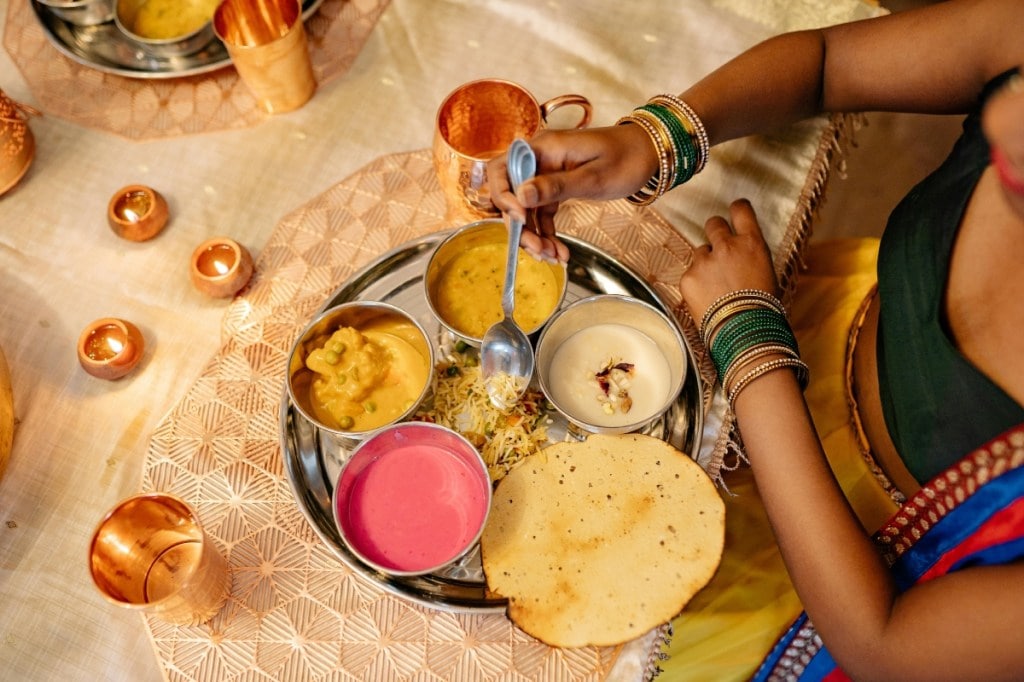By Ashok Gulati & Raya Das
There’s a well-known saying: “Give a man a fish, you feed him for a day. Teach him how to fish, you feed him for a lifetime.” In an earlier article (bit.ly/4fhwP65), a case was made to redirect a part of food subsidy — `2.7 lakh crore in FY23 — as investments in agri-R&D, skilling, rural roads, etc., which give much higher returns than food subsidy. But Milind Murugkar, in an article for Indian Express (bit.ly/3Cli8An) argued that food subsidies are investments, and not a waste. We welcome his comment in response to our article. In this context, we want to highlight three key issues.
First, if the objective is to support household incomes, as Murugkar argues, do we need to support this for almost 57% of the population, the current coverage for free food? If so, we better stop talking about reducing poverty by 248 million during the National Democratic Alliance rule, as Prime Minister Narendra Modi keeps saying in several fora. Second, would Murugkar support this public distribution system (PDS) if he knew that roughly 28% of free food never reaches the intended beneficiaries? Our PDS is still very leaky. Would he not then support direct cash transfers to the accounts of intended beneficiaries as a better option to plug the leakages? Third, can free rice and wheat solve the problem of nutritional security, especially among children below five years of age — the biggest issue in food and nutritional security arena?
World Bank (2022) data shows that 12.9% of Indians live on less than $2.15 (purchasing power parity) a day, an extreme level of poverty. A NITI Aayog report (2024) says that 248 million people came out of poverty in the last nine years, with the multi-dimensional poverty index declining from 29.17% to 11.28% from 2013-14 to 2022-23. We have no problem if the government wants to give free food to even 15% of the population, which is extremely poor. But the current coverage is about 57% of the population under the Pradhan Mantri Garib Kalyan Anna Yojana (PMGKAY). Should those above the extreme poverty line not be charged at least half the minimum support price (MSP), as was being done under the targeted PDS initiated by PM Atal Bihari Vajpayee in 1997-98? That would keep the food subsidy cost within manageable limits, and spare resources for investments to create climate-resilient agriculture.
But the more interesting issue is that of leaky PDS. We have analysed the unit level data of the Household Consumption Expenditure Survey (HCES) from August 2022 to July 2023, which gives the amount of rice and wheat people have received under the PDS as well as any top-up by state governments. This is then compared with the off-take from the Food Corporation of India (FCI) for distribution under the National Food Security Act (NFSA) (PMGKAY), plus tide-over, non-NFSA state-level allocations, aligning it with the reference period. The findings reveal a significant discrepancy: 28% of the allocated grains, amounting to approximately 19.69 million metric tonnes of rice and wheat, fail to reach their intended recipients. The leakage of 28% rice and wheat translates into a loss of about `69,108 crore, calculated at the economic cost of these grains to the FCI. And this is an annual loss, which will keep increasing year after year, as the economic cost keeps rising. It is literally one of the biggest annual scams hidden under the carpet in the name helping the poor!
The government knew about large leakages in the PDS, as the high-powered committee under Shanta Kumar on grain management pointed out in its 2015 report submitted to the PM. At that time, the leakages were estimated at roughly 46%, based on the HCES of 2011-12. Since 2016, the Centre started introducing point of sale (PoS) machines at fair price shops (FPS) to plug leakages by integrating biometric authentication and real-time transaction tracking. Today, nearly 90% of FPS are equipped with PoS machines. This has helped reduce leakages from 46% to 28%, but they remain very high.
The leakages vary sharply across states (see graphic). Arunachal Pradesh, Nagaland, and Gujarat are the top three in terms of PDS leakages, although at the all-India level, leakages stand at 28%. It highlights the need for reforming PDS.
Let us now turn to nutritional security. HCES data shows that the share of spending on pulses and vegetables declined in 2022-23 compared to 2011-12. The National Family Health Survey (2019-21) shows that 35.5% of children under five are stunted, 19.3% are wasted, and 32.1% are underweight. To address malnutrition, we need to convert at least a part of FPS into “nutrition hubs”. They can offer a diversified range of produce, including eggs, pulses, millets, and fruits, alongside cereals. Using a digital food coupon system, beneficiaries could redeem the coupons at nutrition hubs for a wider array of nutritious options. To sum up, the current system of PDS needs to be reformed.
(The authors are distinguished professor and research fellow, ICRIER respectively)
Disclaimer: Views expressed are personal and do not reflect the official position or policy of FinancialExpress.com. Reproducing this content without permission is prohibited.


